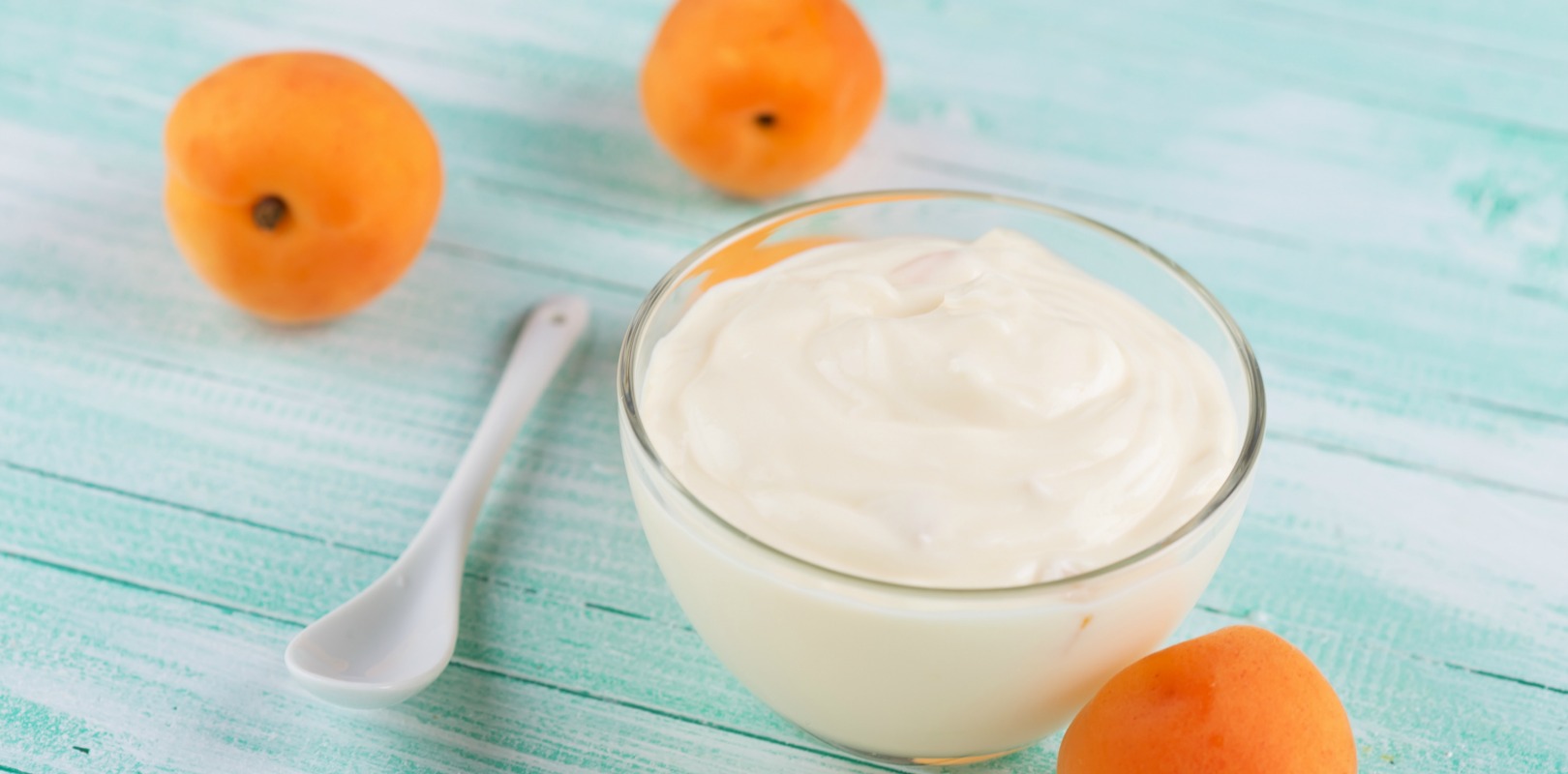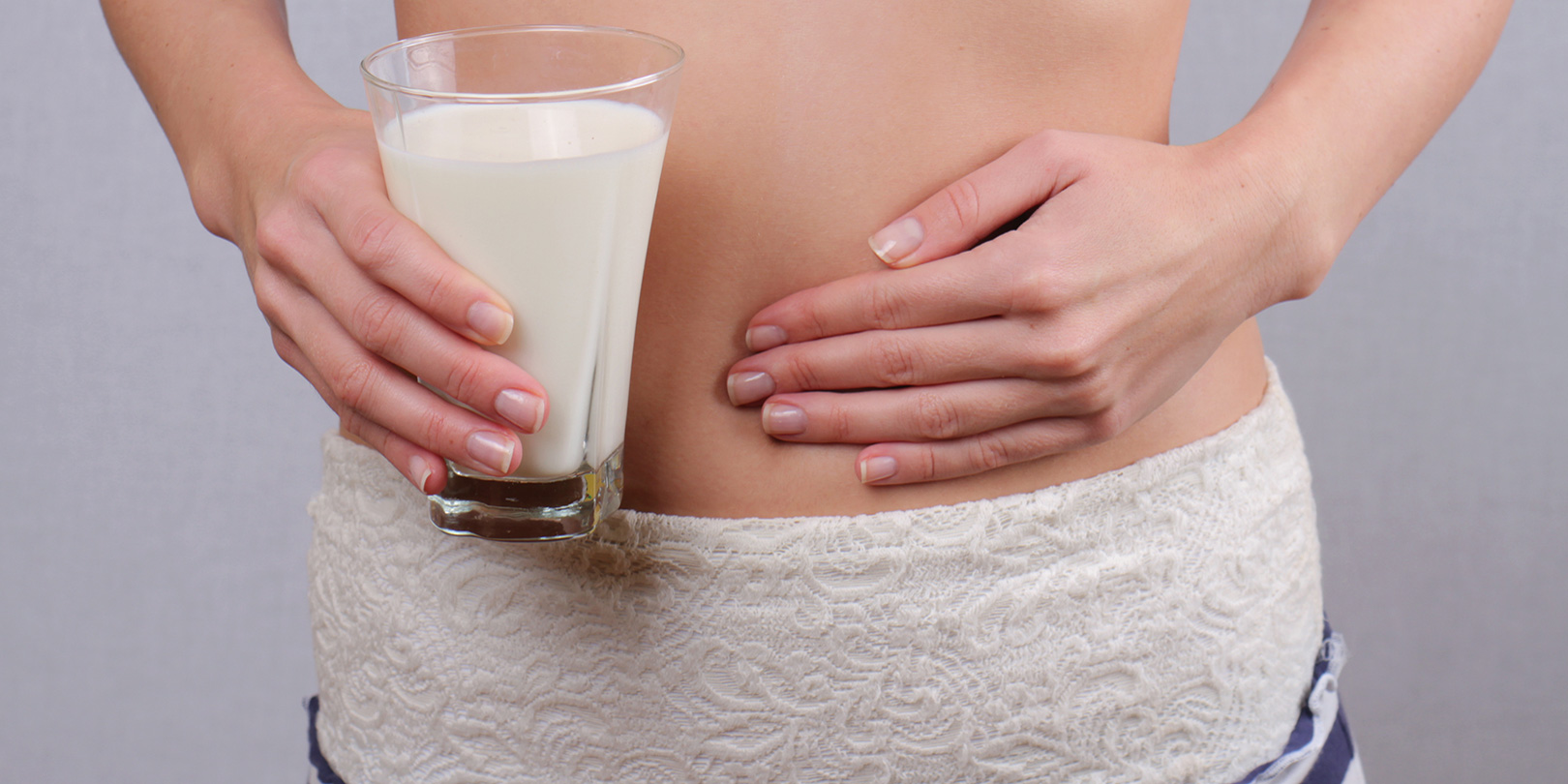Gestational diabetes mellitus (GDM) is associated with adverse pregnancy symptoms. In this study, Qin Li and Baoheng Xing, from Cangzou Central Hospital in China, tested the effect of vitamin D-supplemented yogurt in pregnant GDM patients, and found an improvement in insulin resistance and lipids profiles.
Gestational diabetes mellitus (GDM) may cause the onset of adverse pregnancy symptoms (hyperglycemia and hyperinsulinemia) and also result in abnormal fetal development. The vitamin D endocrine system plays important roles in many pathological processes, including GDM. This study aimed therefore to examine the effects of daily consumption of vitamin D3-supplemented yogurt drink on insulin resistance and lipid profiles in pregnant GDM women.
One vitamin D-supplemented yogurt per day
On one hand, GDM, which is generally only diagnosed during the second trimester of pregnancy, is a condition associated with insulin resistance and glucose intolerance. On the other hand, previous studies showed that the lack of vitamin D contributes to decreased insulin secretion and glucose tolerance in pregnant women. In this study, women with GDM aged 24-32 years in their second trimester consumed daily, during 16 weeks, either plain yogurt (control) or vitamin D3-supplemented yogurt (VDY). Glucose metabolism and lipids profile where assessed at the beginning and at the end of the intervention, and showed significant improvement with the VDY.
Better insulin metabolism and lipid profiles
The measurements, conducted at the end of the study, indicated markedly lower insulin-related variables (including fasting plasma glucose and serum insulin levels) in VDY group than in the control group. In the same way, the homeostasis model of assessment of insulin resistance and the β cell function were significantly improved in the VDY group. Furthermore, the VDY group benefits of a substantial improvement in the lipid profiles, with a significant reduction of the levels of triglycerides, total and LDL cholesterol and total cholesterol to high-density lipoprotein ratio.
Yogurt, supplemented with vitamin D, could be a simple daily habit to improve insulin metabolism and lipid profiles in pregnant women with GDM.
To learn more, read the original article.












